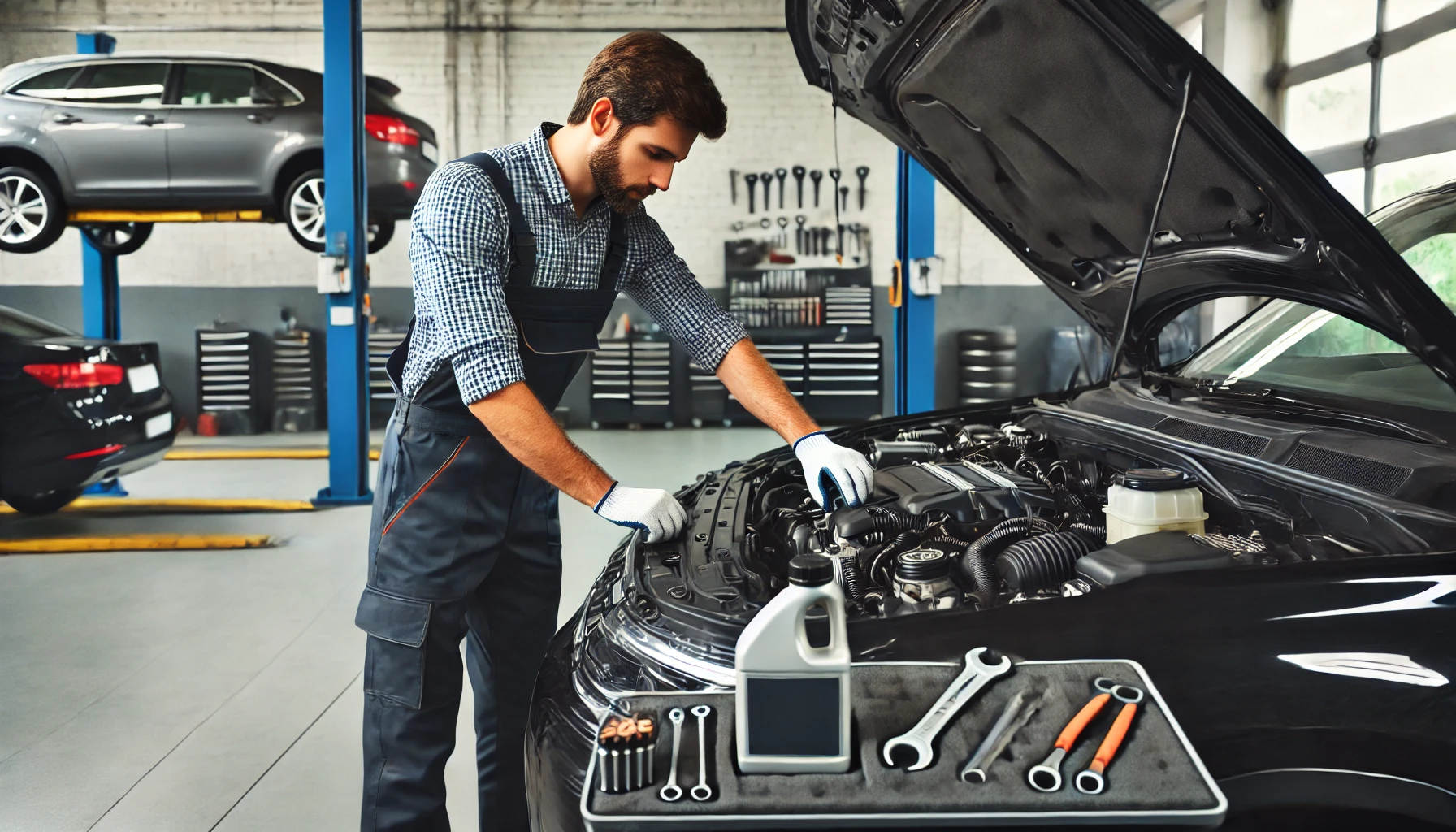Proper wheel alignment is crucial for ensuring a smooth ride, optimal tire performance, and the longevity of your vehicle’s components. Misalignment can cause your car to pull to one side, lead to uneven tire wear, and reduce fuel efficiency. Here’s how to check and fix alignment issues to keep your car in top condition.
1. Recognize the Signs of Misalignment
You may not always notice when your car’s alignment is off, but there are several indicators you can watch for:
- Pulling to one side – Your car drifts to the left or right, even when you’re driving straight.
- Uneven or rapid tire wear – If one side of the tire is more worn than the other, the alignment could be off.
- Steering wheel off-center – The steering wheel may not be straight when driving straight ahead.
- Vibrations – Misalignment can cause your vehicle to vibrate or feel unstable, especially at higher speeds.
2. Inspect Your Tires
Uneven tire wear is one of the easiest signs that your alignment might be off.
- Check for signs of wear on the edges of your tires, such as one side being more worn than the other.
- If you notice excessive wear, it’s time to check your alignment and rotate the tires.
3. Check Your Steering Wheel
A steering wheel that’s off-center could be a sign of alignment issues.
- When driving straight, the steering wheel should be centered and not tilted to one side.
- If your steering wheel is crooked, it indicates that the wheels are not aligned properly.
4. Check for Uneven Suspension
Alignment problems often go hand-in-hand with suspension issues.
- Inspect your suspension system for worn-out or damaged components, such as shocks, struts, and control arms.
- Worn suspension components can make it difficult to maintain proper alignment and cause misalignment issues.
5. Look for Loose or Damaged Steering Components
Worn-out steering components, such as tie rods, ball joints, or bushings, can affect wheel alignment.
- Inspect steering components for any signs of wear or damage.
- A loose steering rack or control arm can cause alignment to shift.
6. Perform a Visual Check of the Vehicle
A simple visual check can help identify obvious signs of misalignment.
- Park your car on a flat surface and look at the front and rear tires from a distance.
- Ensure both tires on the same axle are pointing straight ahead and are parallel to each other.
- If they appear to be angled or tilted, the alignment is off.
7. Get a Professional Alignment Check
While visual checks can provide some insights, a professional alignment check is the most accurate way to assess alignment issues.
- Take your car to a certified mechanic or alignment specialist.
- They will use specialized equipment to measure wheel angles and adjust them to the manufacturer’s specifications.
8. Perform Regular Alignment Checks
Even if you don’t notice any obvious issues, it’s a good idea to have your alignment checked periodically.
- Get an alignment check every 1-2 years or whenever you replace tires.
- If you’ve recently hit a curb or pothole, get your alignment checked to ensure it’s still in proper condition.
9. Align Your Vehicle After Replacing Suspension Components
If you’ve had suspension work done, such as replacing shocks, struts, or control arms, it’s essential to have your alignment checked afterward.
- Misaligned suspension components can cause incorrect wheel angles and lead to issues like uneven tire wear and poor handling.
10. Use Proper Driving Habits to Prevent Misalignment
While misalignment can be caused by accidents or potholes, everyday driving habits can help maintain alignment.
- Avoid hitting curbs, especially when parking or turning.
- Slow down when driving over potholes or rough roads to reduce stress on your suspension and wheels.
Final Thoughts
Maintaining proper wheel alignment is essential for tire longevity, vehicle performance, and safety. If you notice signs of misalignment, such as pulling to one side or uneven tire wear, it’s important to have your alignment checked and corrected as soon as possible. Regular alignment checks and proper driving habits can prevent misalignment and ensure a smoother, safer ride.


